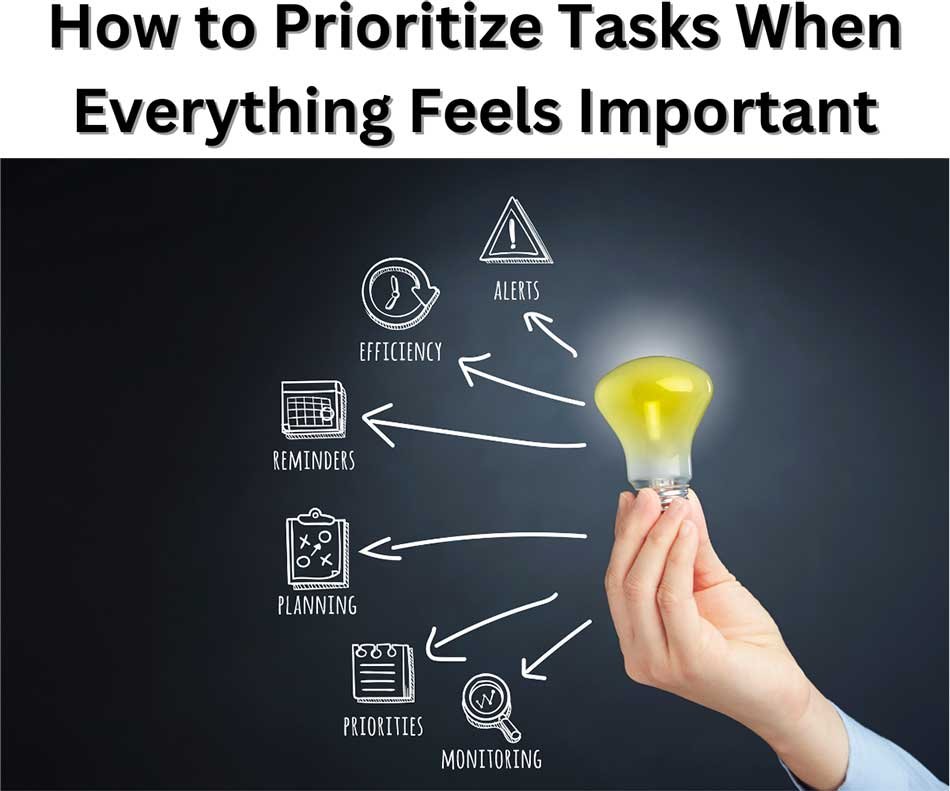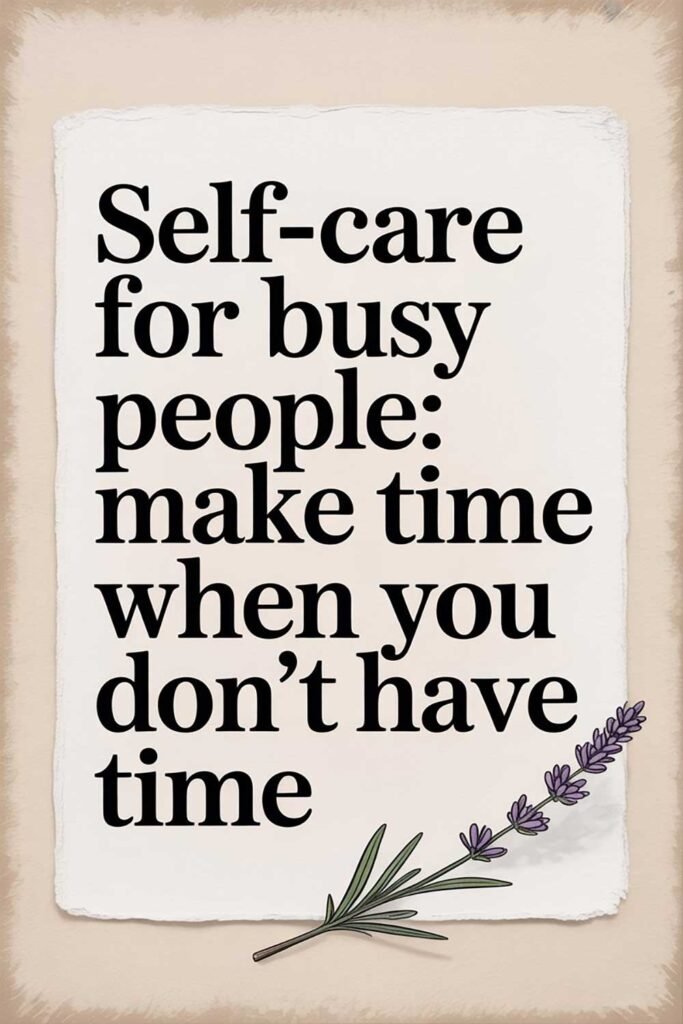
If you know someone who could benefit from this article, please share it with them. Learning to prioritize tasks can help them manage their time effectively and reduce overwhelm.
How to Prioritize Tasks When Everything Feels Important
Why Prioritization Matters
In today’s fast-paced world, it often feels like every task demands immediate attention. Without effective prioritization, it’s easy to become overwhelmed, miss deadlines, or focus on less impactful activities. Learning to prioritize helps you:
- Increase Productivity: Focus on high-value tasks.
- Reduce Stress: Feel more in control of your workload.
- Achieve Goals: Allocate time and energy to what truly matters.
Challenges of Prioritization
1. Overwhelm from Too Many Tasks
Feeling paralyzed by a long to-do list.
2. Unclear Goals
Uncertainty about what tasks align with your objectives.
3. External Pressures
Responding to others’ demands instead of your priorities.
4. Perfectionism
Spending too much time on low-priority tasks to make them perfect.
Strategies to Prioritize Effectively
1. Use the Eisenhower Matrix
The Eisenhower Matrix helps categorize tasks based on urgency and importance:
- Quadrant 1: Urgent and Important (Do Now)
- Quadrant 2: Important but Not Urgent (Schedule)
- Quadrant 3: Urgent but Not Important (Delegate)
- Quadrant 4: Neither Urgent nor Important (Eliminate)
2. Apply the 80/20 Rule (Pareto Principle)
Focus on the 20% of tasks that deliver 80% of the results. Identify which activities have the highest impact and prioritize those.
3. Clarify Your Goals
Ensure tasks align with your short-term and long-term objectives. Break goals into smaller, actionable steps and prioritize accordingly.
4. Rank Tasks by Value
Assign a priority level to each task:
- High Priority: Must be done today.
- Medium Priority: Can be scheduled for later.
- Low Priority: Optional or delegate to others.
5. Practice Time Blocking
Allocate specific time slots for your highest-priority tasks. Protect these blocks from interruptions.
6. Leverage Technology
Use productivity tools and apps to organize and track your tasks:
- Trello: Visual task boards.
- Todoist: Task lists with priority levels.
- Google Calendar: Schedule and reminders.
7. Ask Key Questions
When prioritizing tasks, ask yourself:
- What task will have the biggest impact?
- What consequences will arise if this task isn’t completed?
- Is this task aligned with my goals?
8. Delegate When Possible
Identify tasks that can be handled by others. Delegating frees up time for high-priority activities.
9. Learn to Say No
Protect your time by declining tasks that don’t align with your priorities.
10. Review and Adjust Daily
At the start or end of each day, review your priorities and adjust your plan as needed. Life is dynamic, and flexibility is key.
Overcoming Common Obstacles
1. Procrastination
- Solution: Break tasks into smaller steps and tackle them one at a time.
2. Distractions
- Solution: Create a focused workspace and set boundaries to minimize interruptions.
3. Competing Priorities
- Solution: Use your goals and values as a guide to determine what matters most.
Practical Exercises
- Daily Top Three: Write down the three most important tasks to complete each day.
- Time Audit: Track how you spend your time for a week to identify inefficiencies.
- Reflection Journal: Reflect on what worked well and what didn’t in your prioritization strategy.
- Accountability Partner: Share your priorities with someone who can help keep you on track.
Picture This
Imagine starting each day with a clear understanding of your priorities. You tackle your most important tasks with focus and confidence, leaving time for relaxation and personal growth. Stress decreases, and your productivity soars. What’s the first task you’ll prioritize today?






